Music photography: the best cameras to get great gig shots
Choose the camera and kit to suit your skill level and venue
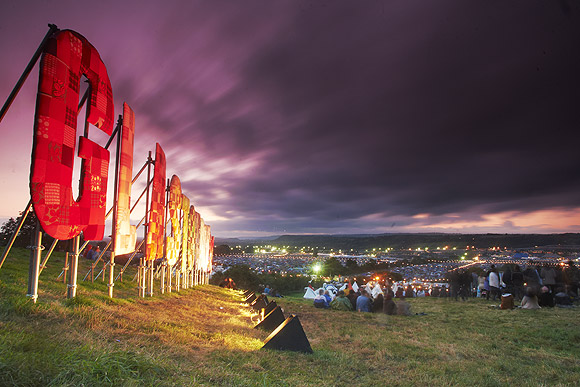
In the summer the music moves outdoors for festival season. Shooting music outdoors puts different demands on your kit, with many artists performing in daylight, and others on smaller covered stages making it a challenge in itself to be equipped for everything. There's also the weather to consider, since it can change from bright and sunny to thunder and lightning within minutes.
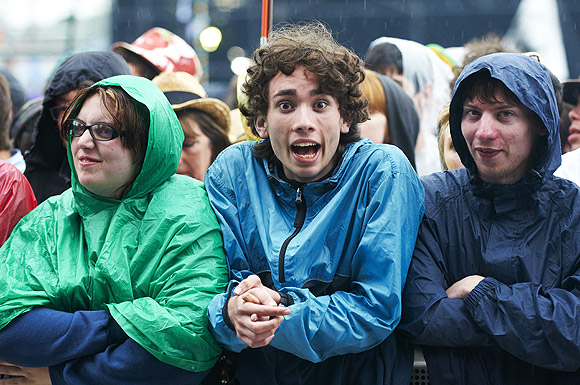
Accessories that are useful for all levels of photographer include a good waterproof, breathable clothing, and waterproof covers for your cameras and lenses. Although a bin bag and an elastic band may do for a short while, any prolonged rain will require a dedicated cover.
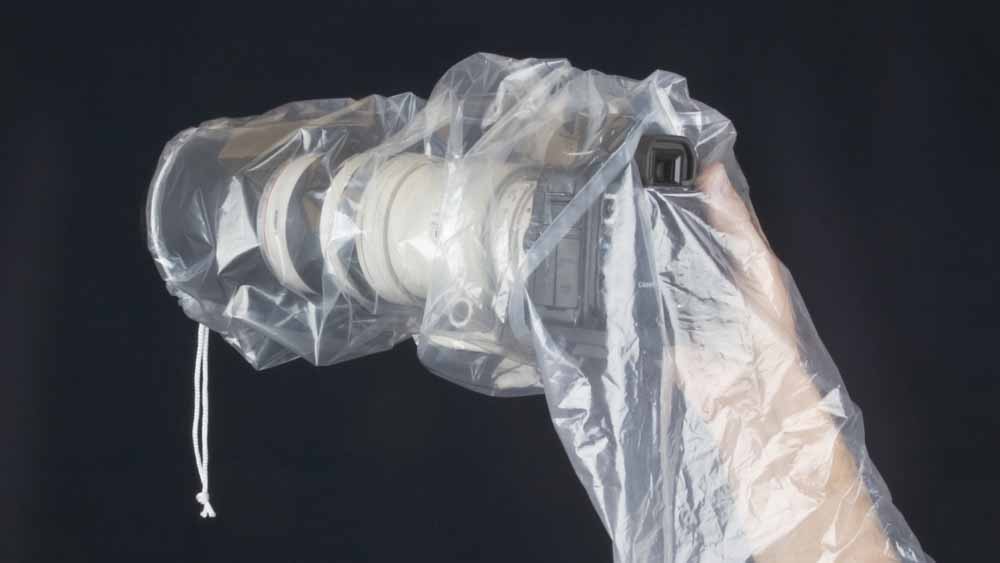
Optech Rainsleeves are a good option for those on a budget. They are basically a plastic bag shaped specially for a camera with a drawstring that fastens around the end of the lens. A hole is also cut out in the rear which can be fixed around the viewfinder eyepiece, to enable a clear view.
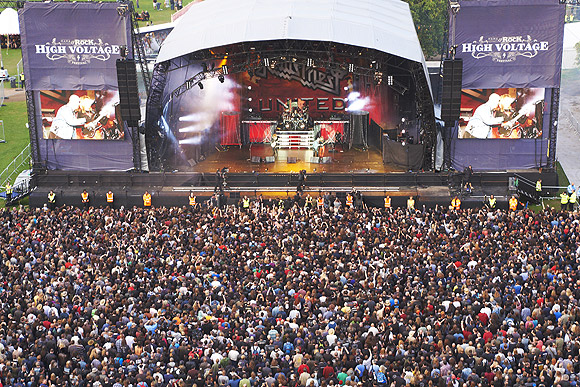
Another accessory that can be useful at festivals is a step of some kind. Outdoor stages at festivals tend to be quite high, to accommodate the large crowds that gather. This causes a problem because you can only get a clear shot of the performer when they're at the front of the stage, and then the image is taken from a very unflattering angle, right up their nose.
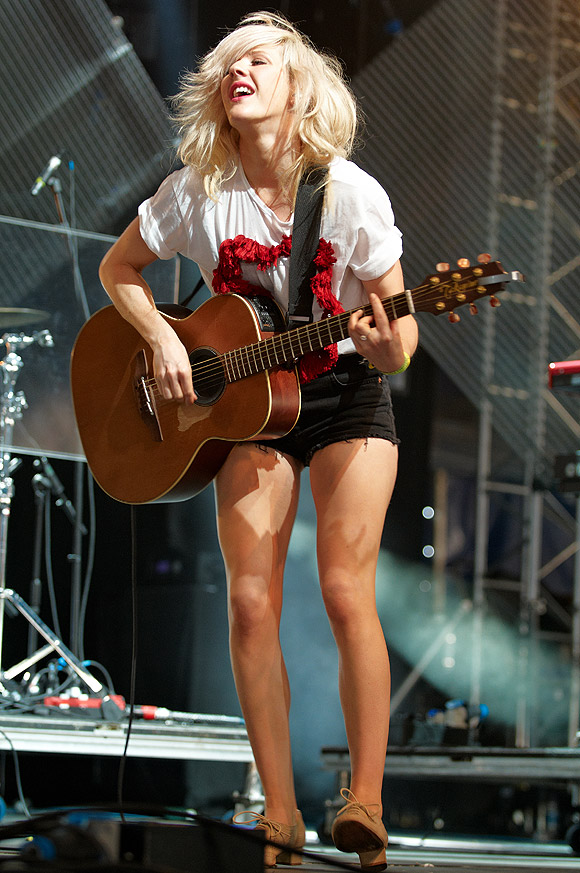
A folding plastic step is ideal for small to medium festivals, but larger festivals may need something a little bigger. A proper set of aluminium stepladders is the tool of choice for photographers who regularly shoot these kinds of events.
Beginners shooting a festival will be served well by an entry-level DSLR such as the Canon EOS 1100D, Nikon D3100, or Pentax K-r.
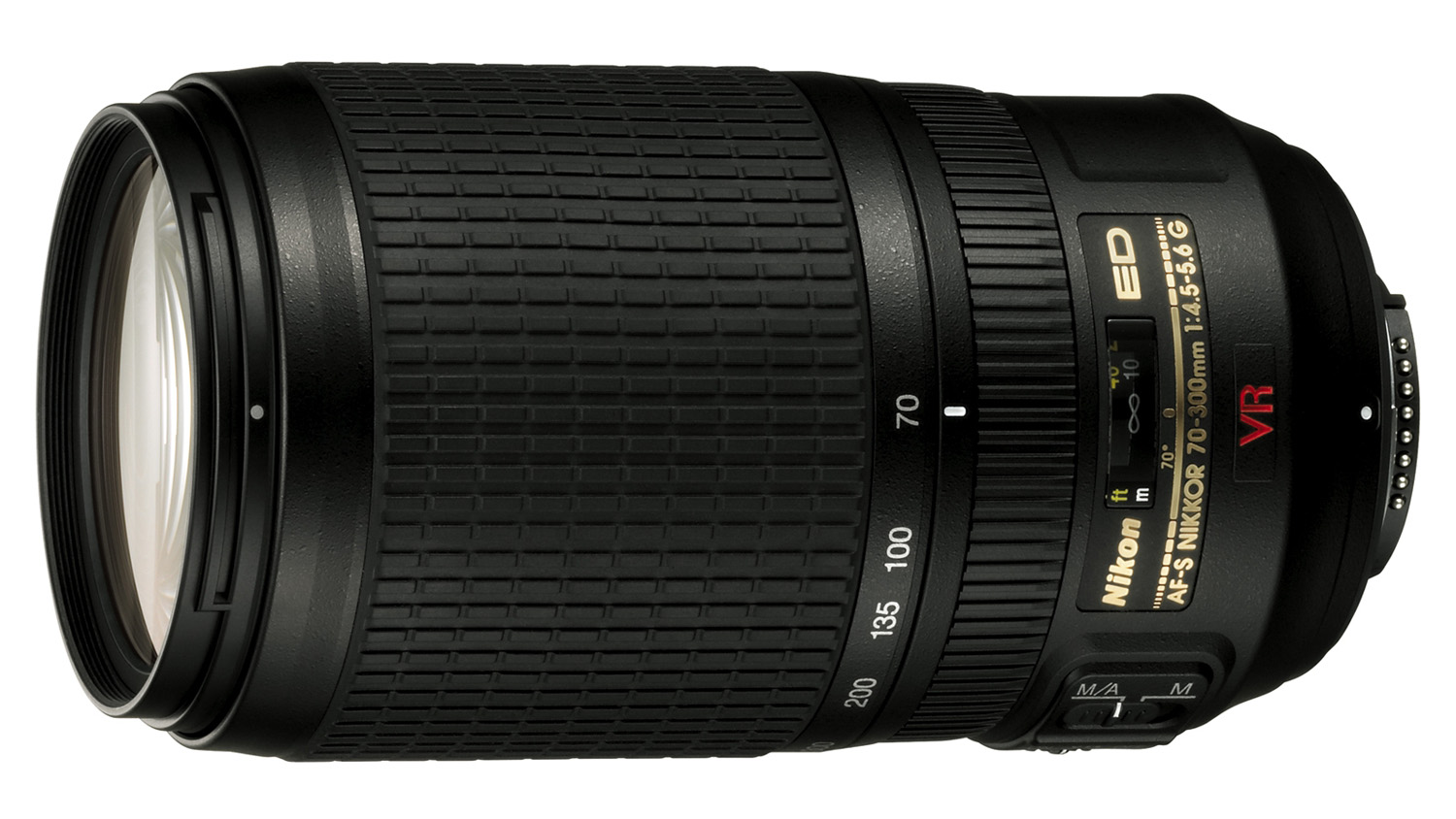
At least two lenses will be needed. The standard kit lens that came with your camera will be great for taking shots of the atmosphere at the festival, but inadequate for shooting artists on stage. An image stabilised zoom covering 55-200mm or 70-300mm will enable better shots of artists on stage, and will be more than adequate for shooting during daylight.
Sign up for breaking news, reviews, opinion, top tech deals, and more.
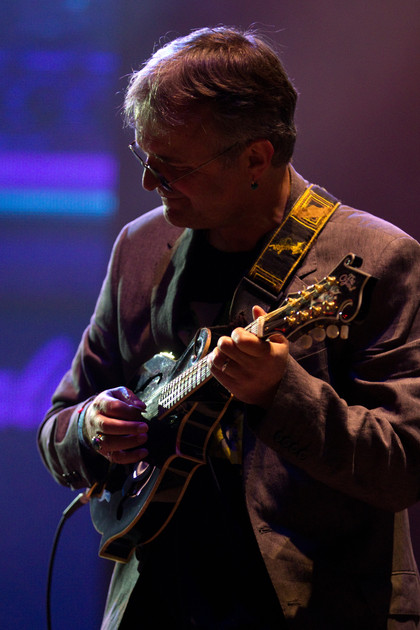
Saying that, with those lenses it may be a struggle to get decent images after sunset, unless the stage lighting is favourable. For smaller, covered stages, a 30-50mm prime lens with a maximum aperture of f/1.8 or faster will help under the darker conditions faced there.
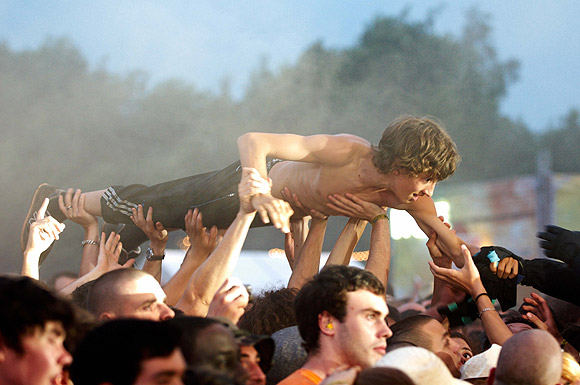
Intermediate photographers will find a mid-range DSLR such as the Canon EOS 60D, Nikon D90, Sony A580 or Pentax K-7 work well. For peace of mind, a weather-resistant body such as the Canon EOS 7D, Nikon D7000 or Pentax K-5 may be preferable to help prevent the ingress of dust on dry days and moisture in inclement weather, since even when using a rain cover, cameras tend to get wet during prolonged rain.
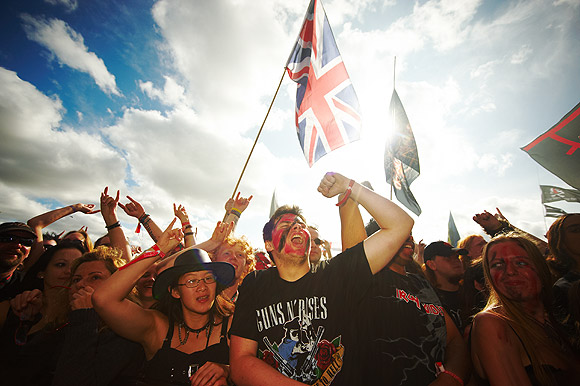
An f/2.8 telephoto lens covering 70-200mm is the ideal lens for shooting festival stages, and a standard f/2.8 zoom covering 24-70mm is perfect for shooting stages under cover, and for capturing scenic views at the event.
Professional photographers, or those aspiring to be, will find the quality at high ISO sensitivities and improved dynamic range of a full-frame DSLR invaluable.
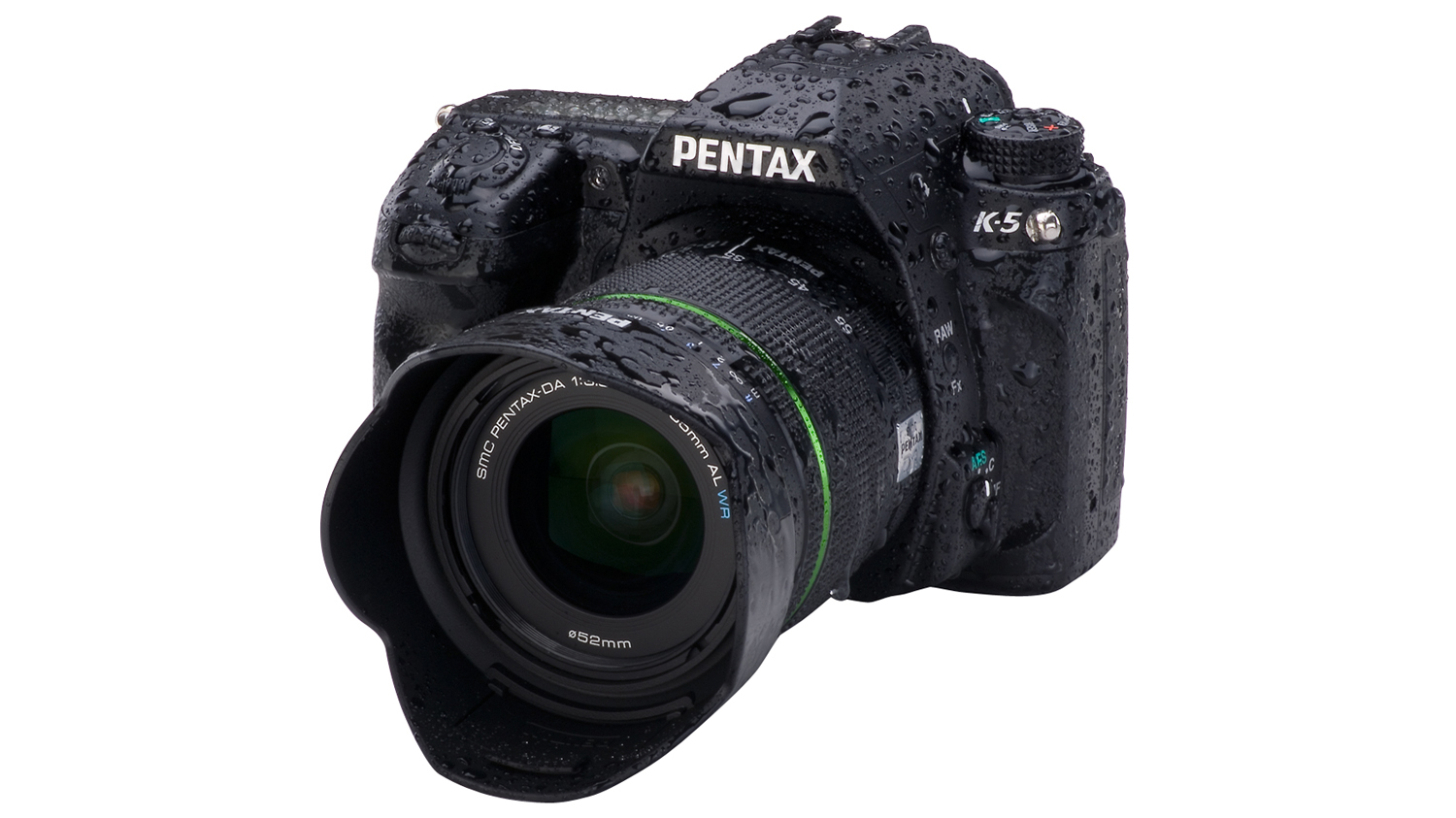
Weather-sealed cameras such as the Canon EOS 5D Mark III, Canon EOS 1D Mark III, Canon EOS-1DX, Nikon D700, Nikon D3s, Nikon D4, Pentax K-5 or Pentax K-7 are built to withstand the rigours of being used in changeable weather conditions, and should be high on the list for most pros.
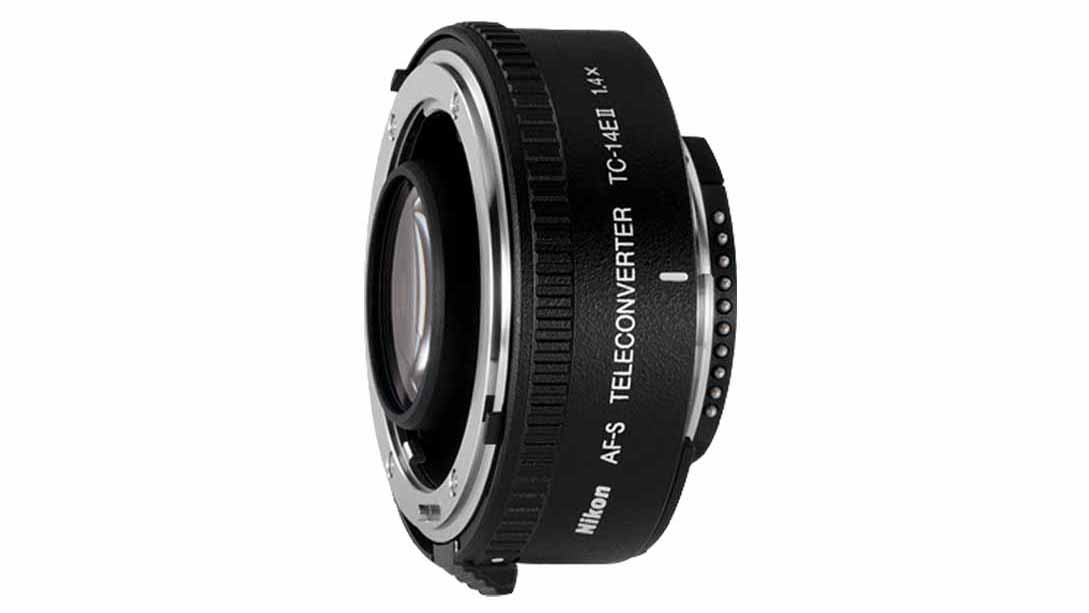
A 70-200mm f/2.8 lens with optical stabilisation will be suited for most types of stage, with a 24-70mm f/2.8 lens being used for smaller covered stages and scenic shots. Depending on the festival being covered, this kit may be complemented with a 1.4x or 1.7x teleconverter, or a 300mm prime lens, for taking close-cropped images on very large stages.
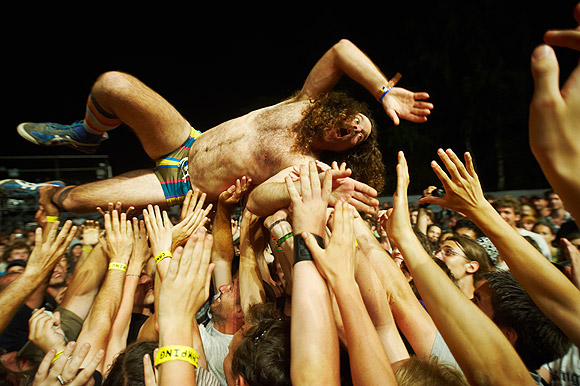
An ultra-wide zoom or fisheye lens is also ideal for scenic views and for taking scenic shots and images of the crowd, which are all part of the atmosphere of the event. Although flash is rarely permitted when shooting the stage at festivals, many professionals will carry one anyway, just in case, for portraits taken on site, or atmosphere shots at all times of day or night.
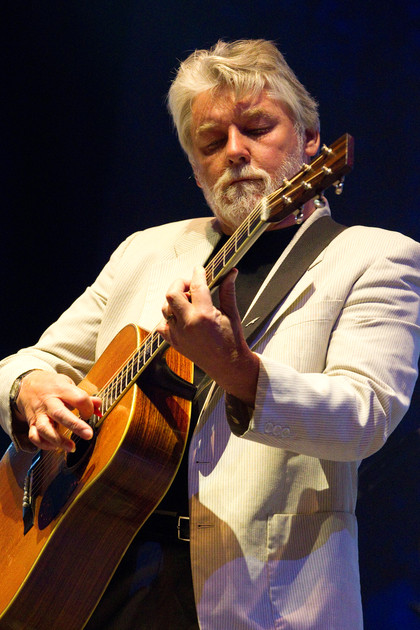
Current page: Best cameras for shooting outdoor music festivals
Prev Page Best cameras for arenas or stadiums